How To Eat Morningstar Farms Garden Burger
Hamburgers often seem anti-design. There are no clean lines or carefully chosen pantone colors in greasy patties of ground beef. Even the most meticulous arrangement of lettuce, tomato, and ketchup gets pretty gnarly-looking after a few bites. But make no mistake: the hamburger is a design teacher as wise as any color theorist or expert typographer.
At least, that's what San Francisco design firm MINE wants to prove with its latest project, "The Message is Medium Rare: Creative Insights, One Burger at a Time." To investigate the idea that an inquiring mind can find inspiration and insight literally anywhere, MINE designers Christopher Simmons and Nathan Sharp are eating a burger a week for the next 52 weeks and sharing the creative lessons they learn.
"The Message is Medium Rare is a reflection of how we think about creativity," Simmons tells Co.Design. "My hope is that the project will inspire others to make their own oblique observations and apply them in their work."
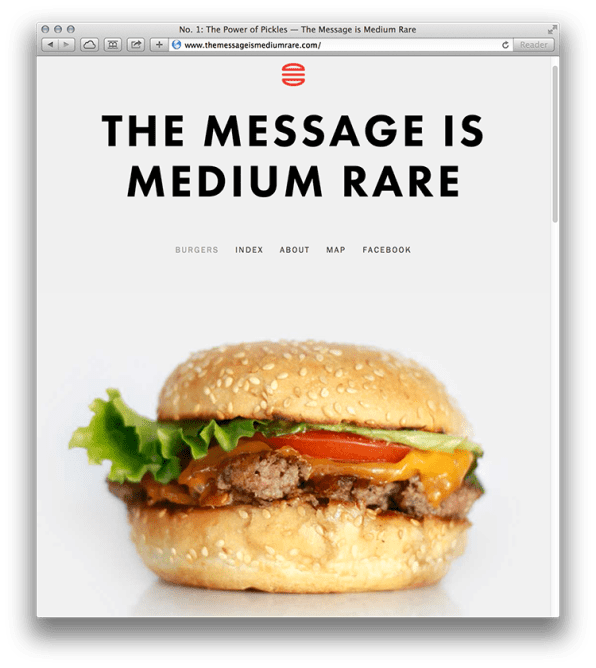
The designers visit bars, fast food joints, food trucks, and fancy restaurants, and order the establishment's "signature" burger. They photograph it, eat it, then analyze the experience through the lens of design. While these designers, passionate carnivores, happen to have chosen burgers as their new teachers, "A different person might glean insight from infomercials or Jane Austen novels," Simmons says. "The world is overflowing with meaning. This is just our way of slowing down and taking the time to notice it."
The lessons they've gleaned thus far are as meaty as their muses. Here, five of their burger-induced creative insights:
1. Design is a balancing act.
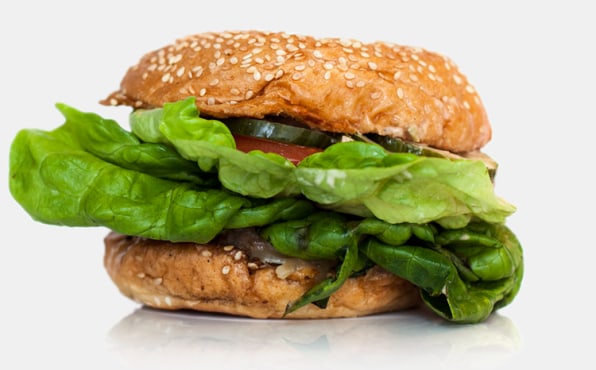
The signature feature of the Classic Burger at Roam in SF was "broad, wavy leaves of lettuce that burst forward in a radiant greenbelt of freshness," Simmons writes. "Each chlorophyll-filled bite offers a distinctive lettuce flavor that is refreshing yet undeniably lettucey. Other flavors are present–lettuce, lettuce, and lettuce–but it is the lettuce that steals the show."
The takeaway: "Well-crafted design is well-balanced design," he writes. "Well-balanced design requires judicious editing and thoughtful attention to both proportion and scale. If we allow ourselves to fall in love with one aspect of a design–a great image, bold typeface or satisfying technique, for example–we can lose sight of the smaller role it's meant to play in a larger scene. Unrestrained, a minor element can become a major distraction, overstepping its supporting role and upstaging the central player."
2. Things happen.
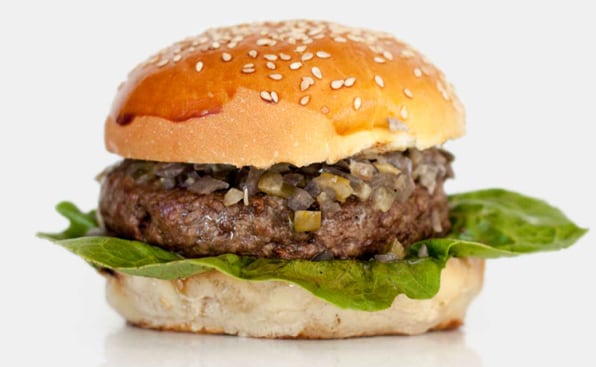
After Simmons ate this beauty at Pig & Pie, a harried waitress confessed she had forgotten to place Simmons's order for an additional burger to take back to his studio for a glamour shot. "She apologized and hurried off to the kitchen to place it," Simmons writes. "Moments later she was back with a couple of slices of lemon shaker pie, on the house."
The takeaway: "Never miss an opportunity to turn a negative experience into a positive one, just follow this simple rule: When you screw up, own up, then make it up."
3. You must be present to win.
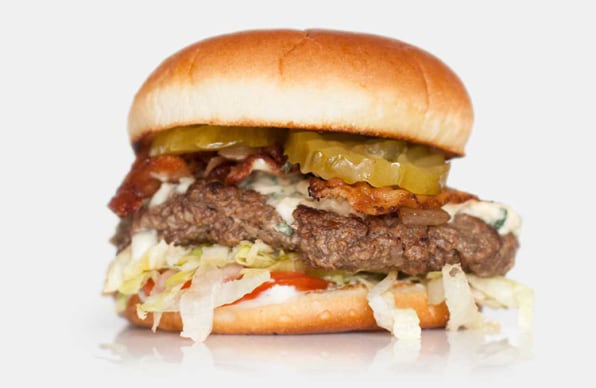
After the waitress at It's Tops Coffee Shop mysteriously disappeared for 15 minutes, leaving the designers to ponder their bleu cheese-heavy burger unattended, they wrote this important lesson.
The takeaway: "Ninety percent of life might just be showing up, but it's the other 10% that makes the difference. You can't check out of a project–not mentally, not physically, not even temporarily–and expect it to succeed on its own."
4. Manage first impressions.

At Super Duper, homemade pickles are stocked in big jars by the entrance–and they're free. That jar is where Simmons saw an important design lesson.
The takeaway: "Super Duper's pickles are an inexpensive and powerful brand message. Believe it or not, they're a sophisticated expression of a thoughtful brand strategy. By stocking them front of house (the way Five Guys stocks its peanuts on the dining area floor) one has the sensation of stepping into a working kitchen rather than some antiseptic fast food cafeteria. By giving their handmade pickles away for free they establish a rapport of pride and generosity with their customers. And by keeping the quality high and consistent they demonstrate these values rather than stating them with empty tag lines or insistent signs declaring 'hand-crafted' and 'artisan.'"
5. Name the frame.
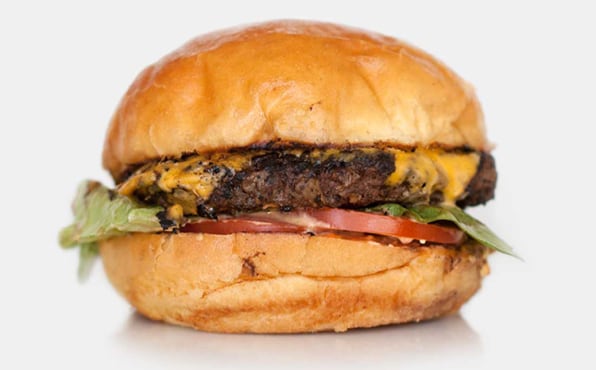
"Does this taste…musty to you?" Sharp asked Simmons after a few bites of this mushroom-filled beefsteak at the Doc's of the Bay food truck. Once he'd heard that particular label–musty–applied to a pungent flavor he hadn't yet defined, Simmons found his experience of the burger had been ruined: "I may have been convinced that it was a flavor too subtle or refined or new for my palate to identify," he writes. "I could have been told (and I may have believed) that it was an acquired taste that I would come to appreciate. Once labeled "musty" however, those options were closed to me. The label–not I–was in control of the experience."
The takeaway: "When presenting creative options give each a name–this one is contemporary, this one is traditional, etc. If you don't someone else will and you'll be at the mercy of their label, not yours. Once, when presenting logo directions to Stanford University, I showed three options which, in the interest of neutrality, I labelled A, B and C. Someone in the meeting made a remark about direction C looking like a butt, from which point on it was referred to as the "butt logo" (and from which point on I knew it had no chance of being picked). Ever after I've given my own nicknames to every idea we present."
So if you've been creatively blocked and are looking for a new muse, don't expect one to show up all toga-clad and playing a flute. Look in unlikely places: she might be sitting on a plate at Shake Shack, wearing a nice potato bun, waiting for you to decode the message in her wilting lettuce leaves.
For more of Simmons's rare ideas and very well done project, go here.
How To Eat Morningstar Farms Garden Burger
Source: https://www.fastcompany.com/3026938/what-eating-a-burger-a-week-reveals-about-good-design
Posted by: euresiging.blogspot.com

0 Response to "How To Eat Morningstar Farms Garden Burger"
Post a Comment